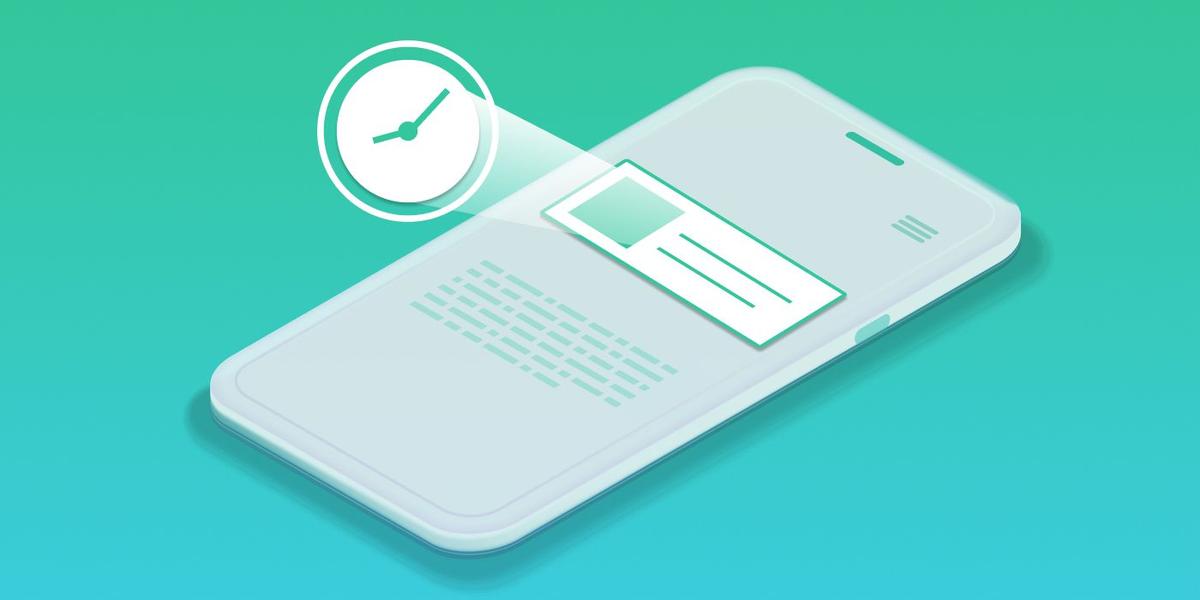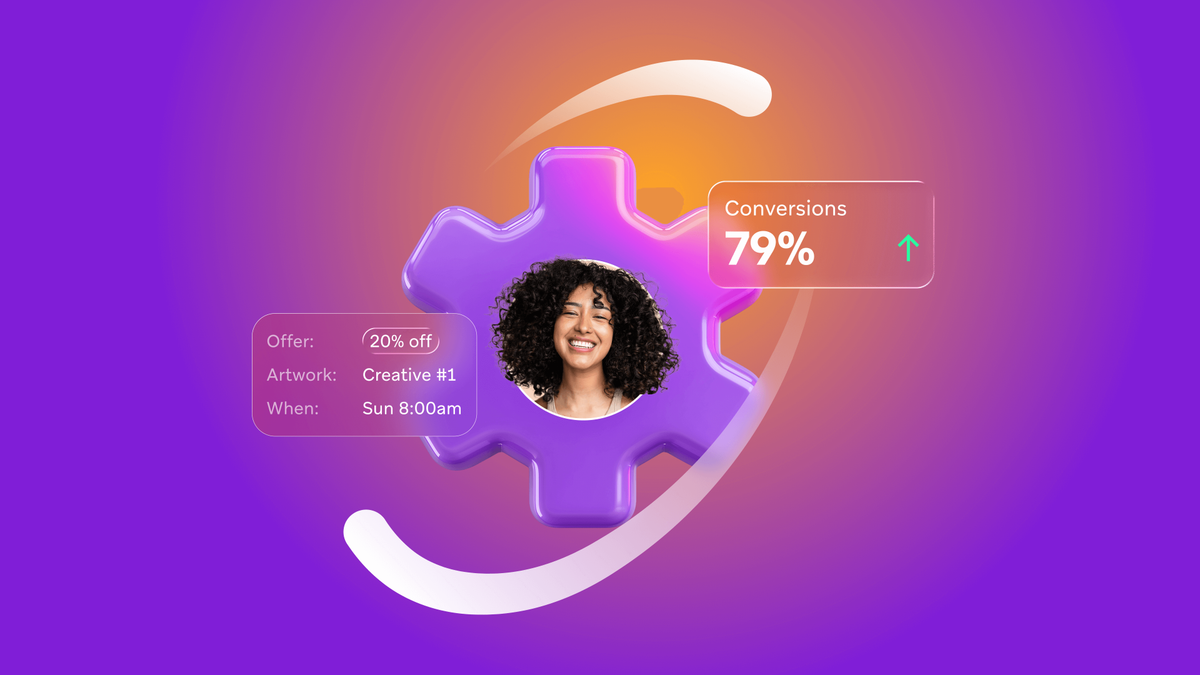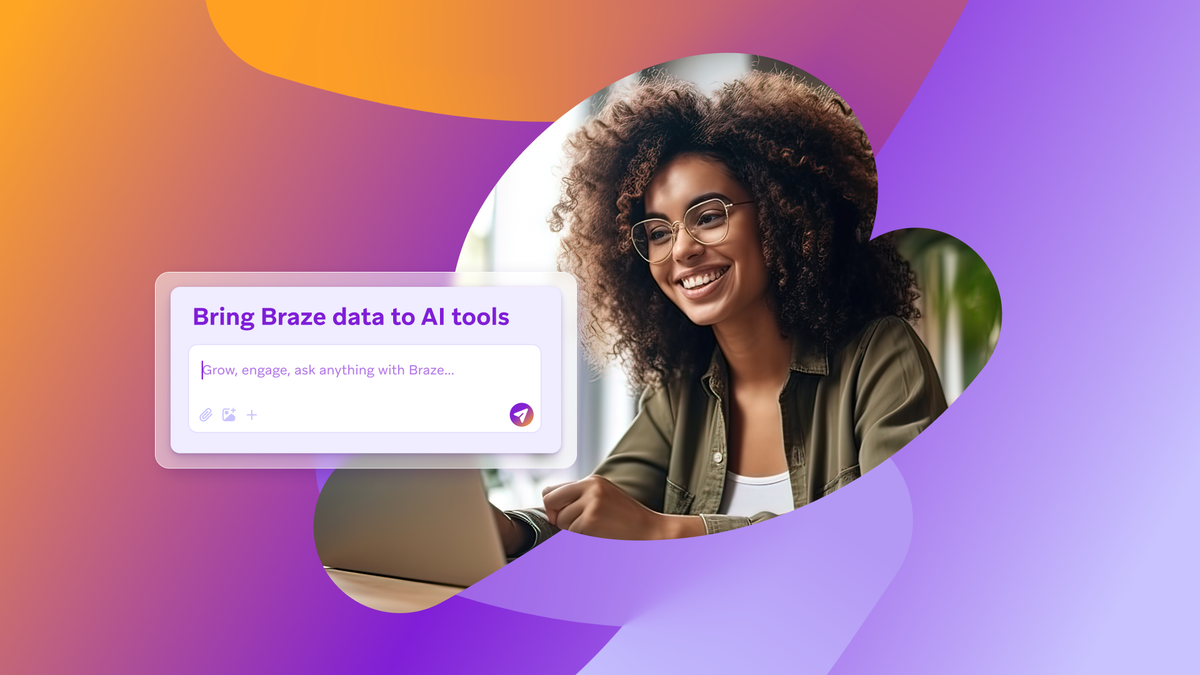What’s an Influenced Open?
Published on June 18, 2020/Last edited on June 18, 2020/5 min read


Team Braze
It’s the best case scenario: You launch a push campaign and countless users tap the message to open the app.
Those precious direct opens are the end goal of any push campaign, but they shouldn’t be the only one. What about when a user sees the push notification and goes to open the app directly, or 20 minutes later? You might be dealing with influenced opens.
What’s an Influenced Open?
In essence, influenced opens are ways of measuring how many users took action and opened your app after receiving a push notification...but who never actually tapped the message in question. After all, not every recipient is going to tap every single message they receive, but that doesn’t mean they aren’t seeing a given message and being influenced.
To understand whether or not an app open was influenced by a push notification, you must consider a user’s average behavior. For instance, say a user opens the app two hours after seeing the push notification. If this user opens this app 20 times a day, that behavior indicates that the push notification wasn’t very influential. But if the user opens the app two hours after the push and typically only opens this app once a month, that open was likely influenced by the push notification...so maybe that push notification was more effective than you thought.
How Can Influenced Opens Help Marketers Better Understand Push Effectiveness?
Influenced opens can tell us a lot about how effective push campaigns are across different user interfaces. For instance, Android has historically tended to outperform iOS in terms of direct opens of push notifications (though the tide has turned in recent months). But when you measure total opens, which is direct opens plus influenced opens, the open rate on iOS usually rises significantly. That suggests that push notifications aren’t significantly less likely to be opened on iOS, they just don’t lead to as many direct opens.
If you were just tracking direct opens, you might write off your iOS push campaign and assume it’s just not resonating with users. But you’d be missing the full story. The push notifications these iOS users are receiving are catching their attention, but their reactions aren’t measured by direct opens. If you ignore influenced opens, you might end up phasing out a campaign that actually is effective— in a way that isn’t readily apparent when you look at traditional metrics.
What About Situations Where Influenced Opens Aren’t Enough?
Your influenced open data also could tell you that iOS users are seeing your push notifications and it’s eventually leading to engagement. But what about when you want users to act right away? Maybe your store has a promotion that expires in an hour and you want to give users a final notification about it. You can’t rely on influenced opens to drive users to the app later that day.
In this case, you might want to launch a rich push notification on iOS that shows value with engaging graphics—or maybe a clearer, more urgent call-to-action right in the push header, just to drive the time-sensitive nature home. By using your influenced open data to assess what’s working (people are opening your app) and what isn’t (they’re not doing it in a timely manner), it’s possible to readjust and optimize the campaign without scrapping your efforts entirely.
Should Influenced Opens Be Part of the Testing Process?
If you’re sending push notifications, the answer is likely yes. A test is only as good as the metrics it’s using. Leaving out key metrics can make it so that you’re only getting part of the story. Your campaign might be way more or way less effective than you think.
In a way, it’s not that different from email metrics. If you’re only looking at email opens when it comes to metrics, it might seem sufficient to test different email subject lines and call it a day—but if you’re paying attention to unique clicks, you’re more likely to implement a robust testing program that compares different message copy, visuals, format, and more to boost the impact of your messages.
If you keep push influenced opens in mind when designing and maintaining your push testing program, you can more accurately assess not just whether a campaign is moving the needle and driving the conversions you care about, but also key nuances. If, for instance, one variant is driving more direct opens and another is leading a higher number of total opens (but most of them are influenced), you can optimize your push campaign to either drive immediate action or boost overall engagement, in order to better meet your brand’s specific business needs.
Anything Else?
If you’re not keeping an eye on your push campaigns’ influenced open rates, you’re not getting a full picture of which messages are resonating with recipients and which ones just aren’t cutting it. That can hurt the impact of the messages you do send and undermine the usefulness of push as a channel—potentially leading customers to opt out of push or uninstall an app entirely if they feel they’re receiving too many push notifications or push campaigns that aren’t useful.
To avoid that fate, you need to stay up to speed on all facets of your push strategy and what it takes to speak effectively to today’s consumer in this key channel. To get started or dig deeper into what makes a successful campaign, check out our Push Notifications: The Essentials guide.
Related Tags
Releated Content
View the Blog
It’s time to ELAbrate: Braze takes home two Loyalty Partner awards at European Loyalty Association ELAbrations™ event

Team Braze

AI: The accelerator for creativity and efficiency

Team Braze

You can now access the Braze MCP server directly through Anthropic’s Claude Desktop
